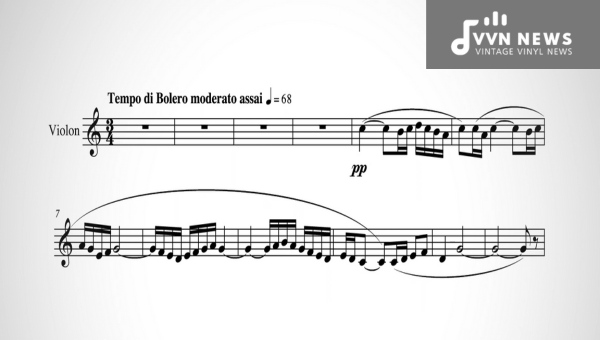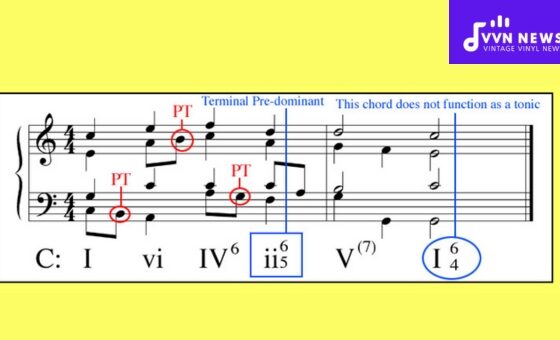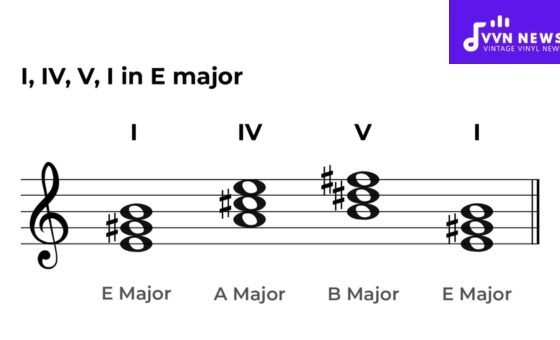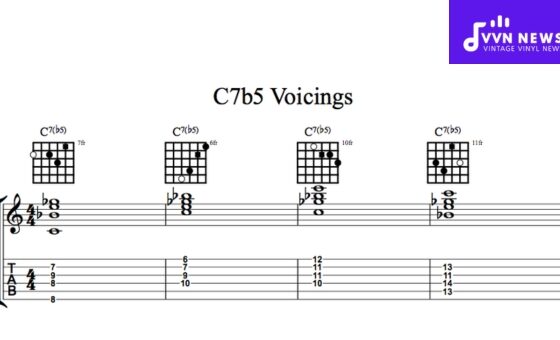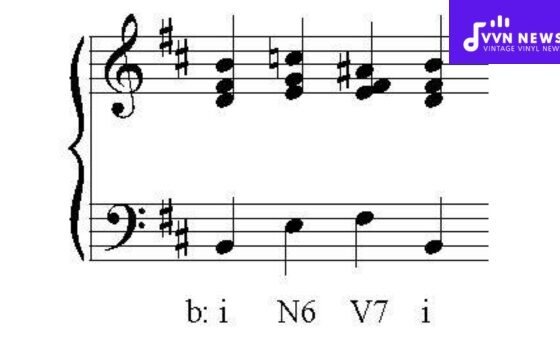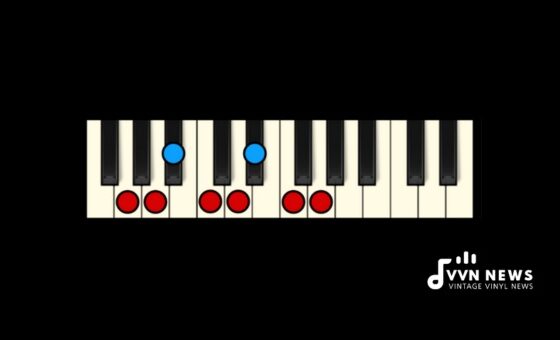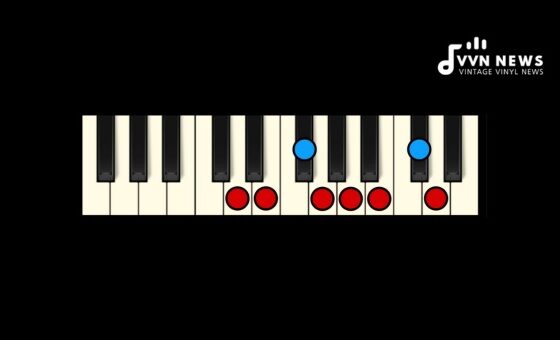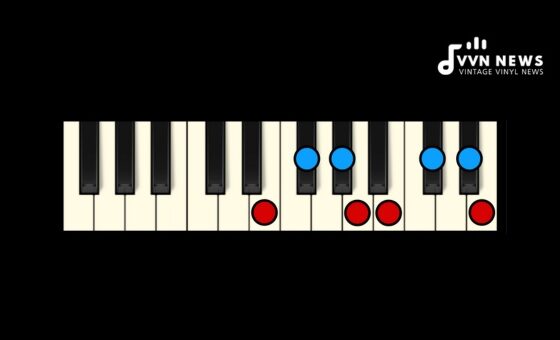As musicians, the ability to transpose music is a vital skill that can greatly enhance our versatility and understanding of different keys.
Whether you’re arranging a piece for different instruments, modulating to suit a vocalist’s range, or simply looking to explore the same melody in a new light, knowing how to transpose down a major second can open up a world of musical possibilities.
If you’ve found yourself puzzled by the process or unsure where to begin, fear not.
Transposing music may seem daunting at first, but with a clear explanation and step-by-step guidance, you’ll find learning how to transpose down a major second is more approachable than you might think.
We’ll break down the essentials of this key transposition maneuver, ensuring that by the end of this article, you’ll be ready to apply this technique confidently to any piece of music in your repertoire.
Define Major Second Interval
A major second is a musical interval spanning two semitones. Picture a piano keyboard; if you start on a white key and move to the very next white key with only one black key between, you have moved by a major second.
On a guitar, it’s the distance from one fret to the next, but one along. Recognized for their distinct sound, think of the first two notes in “Happy Birthday.” these intervals are essential building blocks in scales and melodies.
In written music, adjacent line and space notes (like C to D) typically indicate this interval. Understanding it is crucial for effective transposition.
Purpose of Transposing Down a Major Second
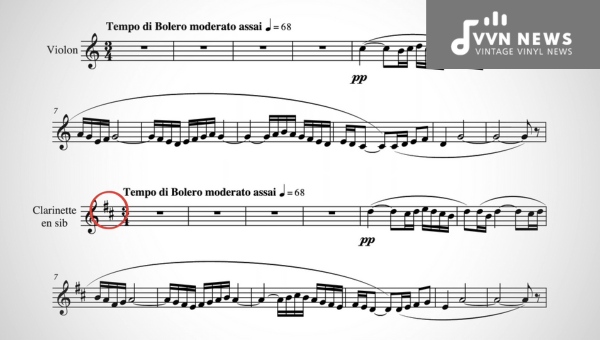
Transposing down a major second might initially seem like a niche skill reserved for music theorists, but it actually has quite practical applications for everyday musicians.
Enhancing Vocal Accommodation
One common reason to transpose a piece down by this interval is that doing so often makes the music more suitable for a vocalist’s range.
If a singer feels strained reaching high notes, shifting the pitch down can make the melody significantly more comfortable and sustainable to perform.
Adapting to Different Instruments
Each instrument has its unique timbre and playable range. By moving pieces down a major second, you can adapt compositions into ranges that are more idiomatic and resonate better with the specific tone of an instrument, like bringing a part originally written for the flute into the sweet spot of a clarinet’s register.
Creating Variation in Music
Musicians seeking variety and challenge may use this form of transposition as a tool to refresh their repertoire.
It demands an intellectual understanding and practical reorientation of one’s instrument, which can be both stimulating and educational.
Facilitating Easier Key Signatures
Sometimes, transposing down by an interval as simple as a major second can result in easier key signatures with fewer accidents.
This can make sight-reading and playing pieces more approachable for beginners or ensemble situations requiring quick comprehension.
Whether it’s for accommodating human ability or catering to the singular attributes of different instruments, transposing music serves as an indispensable technique in expanding your musical horizons.
Also Read: How To Keep Christmas Music Lessons Fun Online? [Easy Tips]
How to Transpose Down by a Major Second
To master the art of transposition, one must first comprehend the distance of a major second.
A major second is equivalent to two half-steps – think of it as moving from C to D on a piano. When you transpose down by this interval, you’re effectively shifting every note in your piece two half-steps lower.
Here’s how you can achieve this:
Step 1: Identify Your Starting Pitch
Before anything else, pinpoint the original pitch of the note that you’re planning to transpose.
Step 2: Determine Your Destination Note
Now, count two semitones or half steps down from your starting note. This will give you the transposed pitch. For example, if your starting note is D, counting down two semitones will lead you to C.
Step 3: Apply The Interval Throughout
Proceed to apply this method consistently across every single note in your song or musical passage.
Consistency is key; ensure that each note gets lowered by the same interval a major second to maintain the composition’s integrity.
Step 4: Adjust Accidental Accordingly
If your original notation included sharps or flats, be mindful to modify these accidentals as required. Transposing down may alter sharp notes to natural or flat ones, depending on their new position in the scale.
By following these steps and paying attention to detail, your journey through transposition should be smooth sailing!
Transposing One Note Individually
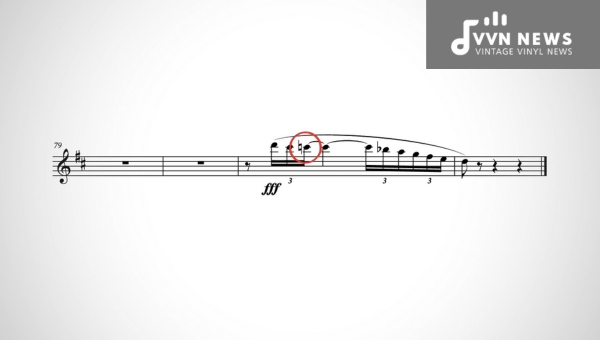
When facing a musical score, you may encounter moments where transposing an individual note becomes necessary.
Perhaps you’re tailoring a piece to fit an instrument’s range better or altering a melody for compositional purposes.
Let’s focus on transposing down by a major second.
Understanding the Major Second
Before diving into the process, comprehend that a major second is simply one whole step down from your starting note. If you begin on C, a whole step down would bring you to B♭.
Steps to Transpose
- Identify the original note on your score.
- Count down two half-steps (semitones) on your instrument or in your mind – that’s equal to one whole step.
- Place the new, transposed note onto the staff accordingly.
- If required, adjust for any key signature changes.
Applying Accidental Signs
Be attentive to accidental signs as they alter pitches by half steps:
- A flat (♭) lowers a note by one half-step.
- A sharp (♯) raises it by one half-step.
Remember that B to C and E to F are natural half steps; hence, moving from C to B requires only one step without accidentals.
Transposing chords involves the same principle but is applied to each note within the chord structure consecutively.
By mastering how to transpose individual notes down by a major second, you lay the groundwork for broader harmonic shifting that can transform entire music sections with clarity and ease.
Also Read: How To Read Music? [Kickstart Your Musical Journey Now]
Uses of Down Major Second Transposition
Transposing down a major second offers numerous applications in the musical world. Here are some examples:
Enhancing Vocal Comfort
If a singer finds a song too high to sing comfortably, transposing the music down a major second can place the melody in a more suitable range, making it easier for them to deliver a stellar performance.
Facilitating Instrumental Playability
Certain instruments might encounter technical limitations with pieces in specific keys. To alleviate these constraints, adjusting the key down by a major second could render the piece more accessible and playable.
Adjusting to Instrument Tuning
Some instruments, such as B-flat trumpets or E-flat saxophones, are naturally tuned to keys that aren’t C major. Transposing music down a major second can harmonize these instruments within an ensemble, ensuring they sound correct with concert pitch instruments.
Musical Modulation
Composers and arrangers often use transposition as a creative tool for modulation, shifting passages to new tonal centers for dramatic effect. Moving down by a major second can introduce a subtle yet impactful shift in mood and color within a composition.
Educational Purposes
Educationally, practicing transposition strengthens sight-reading skills and enhances understanding of music theory.
It encourages students to think critically about interval relationships and key structures.
By mastering the ability to transpose down by this interval, you harness the power to make music more versatile and adaptive across various scenarios where modifications are necessary for optimal performance.
Also Read: How To Clean Your Flute [Keep Your Instrument Shiny & Sounding Great]
FAQs on Transposing Down a Major Second
What is a major second interval?
A major second interval is a distance from any note to the next closest note on the piano, which is two-half steps apart.
Can I transpose down a major second without knowing music theory?
You can transpose by moving each note down two half steps, even if you’re not well-versed in music theory.
Does transposing down a major second change the piece’s key?
Indeed, it does. It was transposing down a major second, moves the entire piece to the key one step lower than the original key.
If I’m transposing chords, should each note move down by a major second?
Absolutely. When transposing chords, ensure each note within the chord is transposed down by a major second.
Can transposing affect the playability of a piece on certain instruments?
Yes, some keys are more difficult to play on certain instruments due to their design and fingering systems. Transposition could either simplify or complicate playing.
Conclusion
The act of transposing down a major second is an enriching skill that can expand your musical expertise.
With practice, integrating this into your musicianship will feel as intuitive as reading a melody or strumming a chord.
Embrace this technique to navigate key changes seamlessly and give your performances the versatility they deserve.
